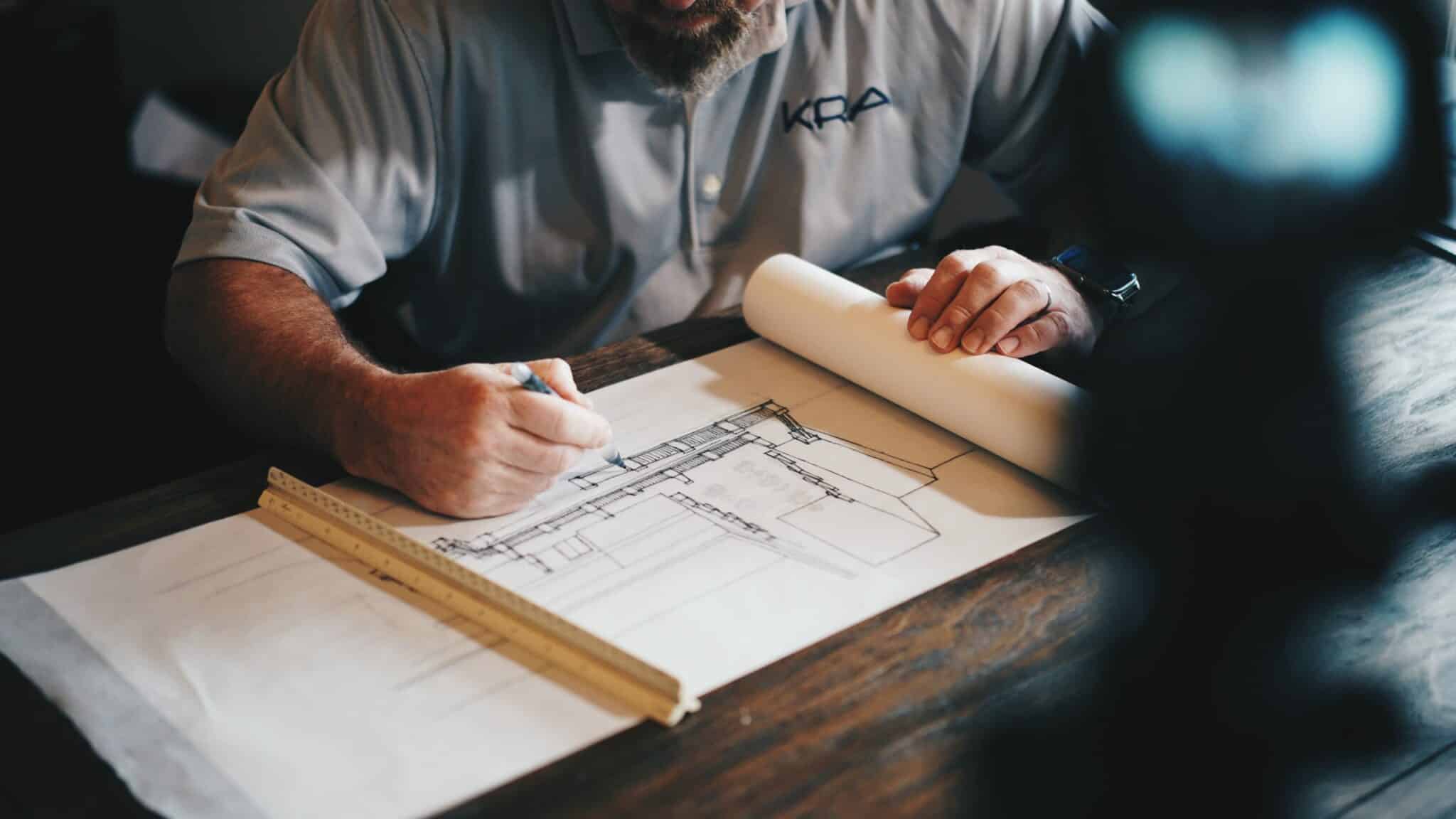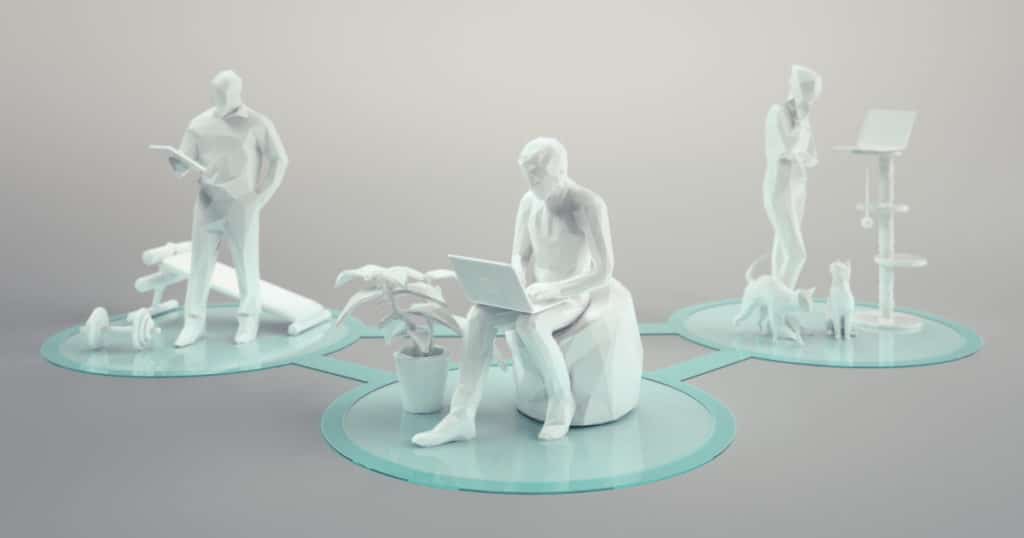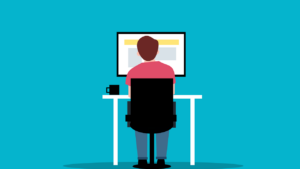The conversation has shifted from lockdown procedures to opening back up. Opening up presents as many questions as managing the lockdown did. The pressure is on business owners, managers, and even landlords to figure out how to find the new normal. The answers largely depend on your business, where you live and work, and who your employees are. Twitter famously announced this week that employees can work remotely forever. However, other companies need employees on-site to do the work.
The answer is different for everyone and every company. One seed company I spoke with has a new travel policy requiring all trips to be completed in one day. It also states that all food must be brought from home, and that employees drive alone to test plots. Since there are no overnight trips, the plots must be within driving distance from an employee’s home so he or she can make the round trip.
Here are two other company examples. Hopefully, their examples provide insight into what some of the options are available in the coming months.
NASDAQ
Nasdaq CEO Adena Friedman told her staff that returning to the physical office is optional for the foreseeable future. She sent out a survey to her employees and found out that they want to stay at home until there is more information about how the world will recover from coronavirus.
“We have the luxury of patience — we have the ability to work from home very effectively.” FRIEDMAN SAID IN A BLOOMBERG TELEVISION INTERVIEW
Does your business have the same luxury as the NASDAQ? Can your sales team reach out to customers from home? Do your communications and finance teams need to be in the office every day to get their jobs done? For years many companies have resisted working from home, yet for the last few months everyone was forced to adapt. Which of your employees or teams are excelling at home? Can those people keep working remotely?
Patagonia
Patagonia CEO Rose Marcario depends on retail stores and warehouses to get the company’s outdoor apparel and equipment to customers. Sales have fallen 50% since the retail stores closed; even online orders were offline for three weeks. During that time Patagonia revamped its distribution centers and provided employees returning to work with the necessary protective equipment. In early May, only half of Patagonia’s staff is back to work. The notably progressive company is not rushing to reopen stores, even as other retailers reopen brick and mortar locations.
This hybrid model might fit in well with many companies in the seed industry, because much of the work needs to be done in-person. Seed tests need to be run in a lab, employees need to visit test plots to evaluate genetic material, and seeds and equipment must be physically delivered to farms. These jobs can’t be done remotely but will still be done differently than they were last summer.
Do you have to figure out how to bring your employees back? Do you need to redesign workspaces? Do you need new equipment to make your offices a safe place to work?
Questions to start asking yourself and your employees
- Survey your staff.
- Who needs to come back to the office?
- Who wants to come back to the office?
- Who is high-risk? What special considerations are needed?
- What rules you must comply with (federal, local, and even building rules)?
- Assess office and other workspaces.
- What changes need to be made to encourage employees to socially distance? Do walls need to be added? Do desks need to be moved apart?
- Do you need remove places people will congregate, like kitchens, watercoolers, or locker rooms?
- If employees need to be in the office, how can you stagger arrival times? Can you schedule staff to come in only on certain days?












